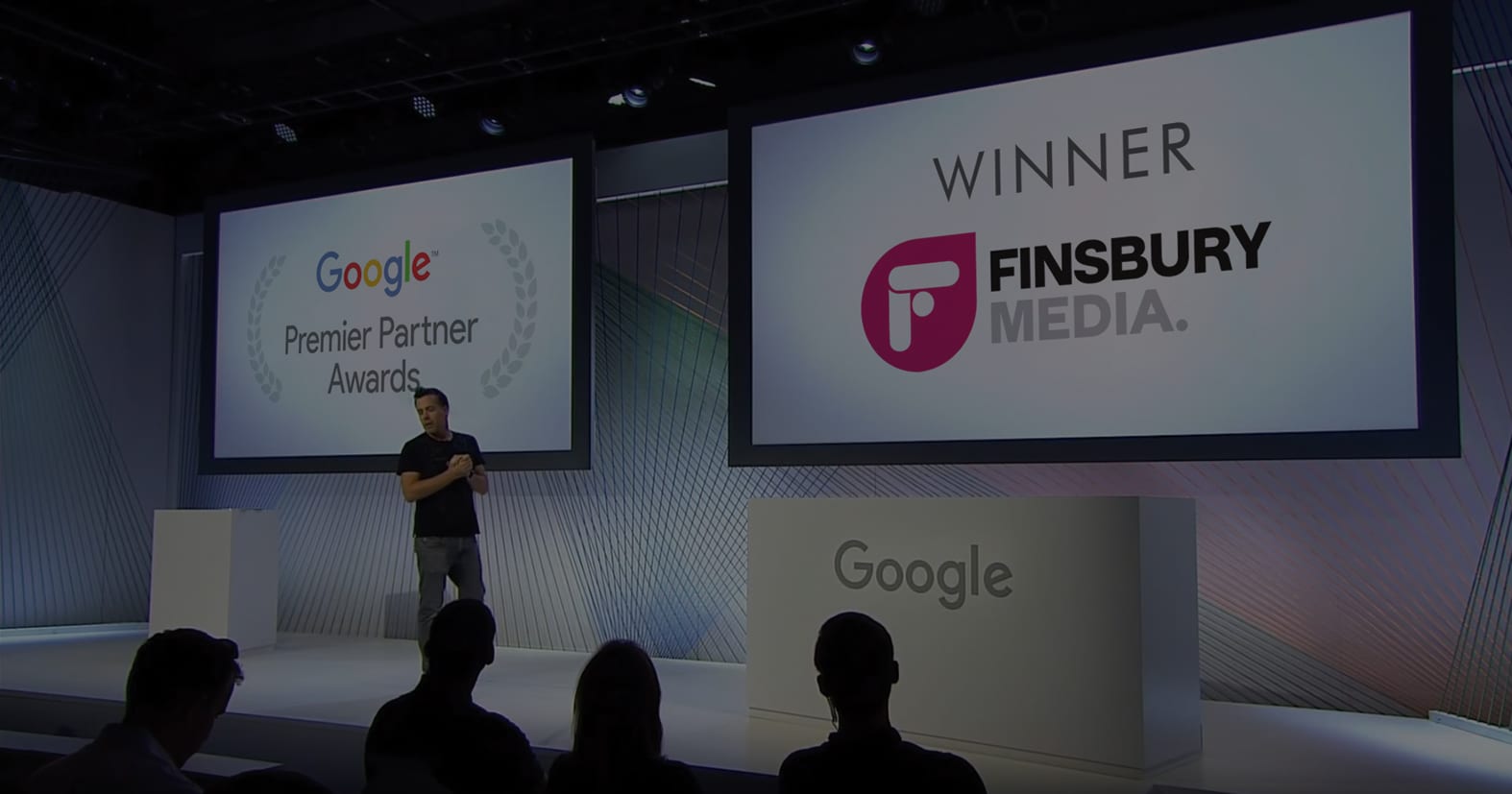Scott Spencer, VP of product management, ads privacy and safety at Google, informs the steps the company is taking to preserve the integrity of the ads on our platforms. An earlier version of this article appeared on the Keyword blog.
People trust Google when they’re looking for information, and we’re committed to ensuring they can trust the ads they see on our platforms, too. This commitment is especially important in times of uncertainty, such as the past few months as the world has confronted COVID-19.
Since the beginning of the pandemic, we’ve closely monitored advertiser behaviour to protect users from ads looking to take advantage of the crisis. These often come from sophisticated actors attempting to evade our enforcement systems with advanced tactics. For example, as the situation evolved, we saw a sharp spike in fraudulent ads for in-demand products like face masks. These ads promoted products listed significantly above market price, misrepresented the product quality to trick people into making a purchase, or were placed by merchants who never fulfilled the orders.
We’ve blocked and removed tens of millions of coronavirus-related ads over the past few months for policy violations.
We have a dedicated COVID-19 task force that’s been working around the clock. This team has built new detection technology and improved our existing enforcement systems to stop bad actors. These concerted efforts are working. We’ve blocked and removed tens of millions of coronavirus-related ads over the past few months for policy violations including price-gouging, capitalising on global medical supply shortages, making misleading claims about cures, and promoting illegitimate unemployment benefits.
Preserving the integrity of the ecosystem
Preserving the integrity of the ads on our platforms, as we’re doing during this time, is a continuation of the work we do every day to stop malicious actors. We have thousands of people working across our teams to make sure we’re protecting our users and enabling a safe ecosystem for advertisers and publishers, and each year we share a summary of the work we’ve done.
In 2019, we blocked and removed 2.7 billion bad ads — that’s more than 5,000 bad ads per minute. We also suspended nearly 1 million advertiser accounts for policy violations. On the publisher side, we terminated over 1.2 million accounts and removed ads from over 21 million web pages that are part of our publisher network for violating our policies. Terminating accounts — not just removing an individual ad or page — is an especially effective enforcement tool that we use if advertisers or publishers engage in egregious policy violations or have a history of violating policy.

Improving enforcement against phishing and ‘trick-to-click’ ads
If we find specific categories of ads are more prone to abuse, we prioritize our resources to prevent bad actors from taking advantage of users. One of the areas that we’ve become very familiar with is phishing, a common practice used by deceptive players to collect personal information from users under false pretenses. For example, in 2019 we saw more bad actors targeting people seeking to renew their passport. These ads mimicked real ads for renewal sites but their actual intent was to get users to provide sensitive information such as their social security or credit card number. Another common area of abuse is “trick-to-click” ads — which are designed to trick people into interacting with them by using prominent links (for example, “click here”) often designed to look like computer or mobile phone system warnings.
We assembled an internal team to track the patterns and signals of these types of fraudulent advertisers so we could identify and remove their ads faster.
Because we’ve come to expect certain recurring categories like phishing and “trick-to-click,” we’re able to more effectively fight them. In 2019, we assembled an internal team to track the patterns and signals of these types of fraudulent advertisers so we could identify and remove their ads faster. This significantly improved our models, allowing us to better catch abuse. As a result, we blocked 50% more bad ads in both categories than we did the previous year. In total, we blocked more than 21 million phishing ads and 19 million “trick-to-click” ads in 2019.
Adapting our policies and technology in real time
Certain industries are particularly susceptible to malicious behaviour. For example, as more consumers turn to online financial services over brick-and-mortar locations, we identified an increase in personal loan ads with misleading information on lending terms. To combat this, we broadened our policy to only allow loan-related ads to run if the advertiser clearly states all fees, risks and benefits on their website or app so that users can make informed decisions. This updated policy enabled us to take down 9.6 million of these types of bad ads in 2019, doubling our number from 2018.
At the end of last year, we also introduced a certification program for debt management advertisers that offer to negotiate with creditors to remedy debt or credit problems. We know users looking for help with this are often at their most vulnerable and we want to create a safe experience for them. This new program ensures we’re only allowing advertisers who are registered by the local regulatory agencies to serve ads for this type of service.
Looking forward
Maintaining trust in the digital advertising ecosystem is a top priority for Google. And with global health concerns now top of mind for everyone, preparing for and responding to attempts to take advantage of our users is as important as it has ever been. We know abuse tactics will continue evolving and new societal issues will arise. In response, we’ll continue to make sure we’re protecting our users, advertisers, and publishers from bad actors across our advertising platforms.

